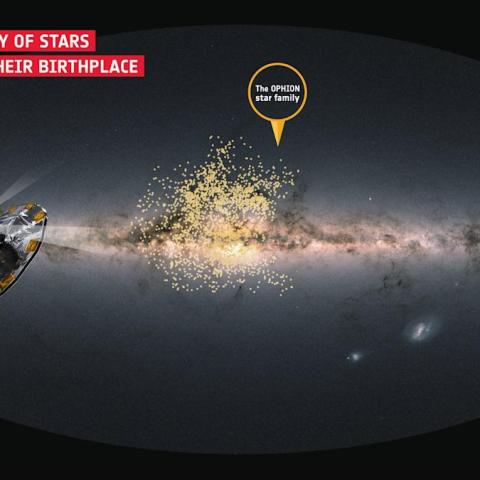Whistler’s Greenhouse Gas Reduction Target
Whistler aims to cut greenhouse gas emissions by 50% from 2007 levels by 2030. This means limiting emissions to 66,500 tonnes of carbon dioxide and other equivalents.
The Big Moves Climate Action Implementation Plan focuses on tackling climate change by lowering emissions and increasing resilience amid ongoing climate challenges.
The Big Moves and Adaptation Goals
Big Moves:
The plan includes strategies to reduce emissions, particularly from transportation, buildings, and waste. These actions will also address risks from wildfires and extreme weather events, helping protect local ecosystems.
Adaptation Goals:
Whistler aims to bolster its resilience against climate change impacts, which include:
- Longer, hotter summers.
- Milder winters with more rain than snow at lower elevations.
- Increased frequency of heavy rain events.
The Resort Municipality of Whistler (RMOW) is dedicated to adapting to these changes and minimizing potential harm.
Our 2030 Targets
Whistler’s primary objective is to slash greenhouse gas emissions by half from 2007 levels by 2030. This means achieving a cap of 66,500 tonnes of carbon dioxide and equivalents.
Sector Emissions:
- Transport: This is Whistler’s largest source of emissions, contributing over 50% of the total. As vehicle trips increase, emissions are also on the rise.
- Buildings: These are the second major contributor, primarily due to natural gas usage.
- Waste: This sector has seen a 90% decrease in emissions since 2005 due to enhanced composting and carbon gas capture initiatives.
What is Realistic:
- Whistler’s targets align with those of the City of Vancouver and the Community Energy Association.
- A 50% reduction by 2030 is ambitious, especially since Whistler lacks the same jurisdiction as Vancouver regarding building codes. Nonetheless, Whistler will push forward with strategies to bridge that gap.
Estimated Impacts of Big Moves
- If successful, the Big Moves could cut emissions by 45,300 tonnes from 2019 levels, reaching 70% of the 50% reduction goal.
- While the targets are based on 2007 emissions, the reductions are calculated using 2019 data. These estimates include a range to account for uncertainties, depending on factors like technological advancements and government actions.
Background
As a mountain community vulnerable to climate shifts and wildfires, Whistler understands the urgency of meeting emission reduction targets. The region was among the first in British Columbia to sign the BC Climate Action Charter in 2007. This commitment led to the Community Energy and Climate Action Plan (CECAP), which included over 130 actions across various sectors. Many of these actions now inform the Official Community Plan and the Big Moves Implementation Plan.
Adoption of the Climate Big Moves was inspired by the City of Vancouver and the Community Energy Association, promoting collaboration and shared resources among communities to expedite success in achieving climate goals.
By pursuing these actions, Whistler hopes to enhance the quality of life for residents and improve the experience for visitors.
For more information, contact climatechange@whistler.ca.





















